Rare HUGE Unusual Steiff Display Animal Schautier Baby Wild Boar Frischling ID Free US Shipping
$399.00 Original price was: $399.00.$98.99Current price is: $98.99.
- Quality You Can Count On
- 100% High-Quality Guarantee
- 7 days free returns
- We take quality seriously.

The Germans have a word for a baby wild boar—“Frischling.” I guess that’s related to the word “frisch,” for “fresh.” I don’t know why a “fresh” young animal of any kind is not also a Frischling, but apparently, this word is used for this baby alone.
If those two sentences look familiar, they started my description of the velveteen Frischling in my shop, who is modeling with his HUGE cousin in my last image.
This big guy—still identified as a Frischling—with baby spots and no horns, was part of a set of Schautiere—display animals—the other member of the set is an adult wild boar. Both “Daddy” and the baby were made for a very short time in the 1960s. Frischling’s article number was 1335,90. My only previous association with numbers ending in “90” was animals made for the U.S. market, but I now realize that suffix also applies to display animals. It makes sense that those two types of animals have the same suffix, since they are both “special editions.” One was made for a limited market and the other was made in a special size.
Frischling was made with number 1335,90 in two series. At least according to Pfeiffer, each was made for only one year. The earlier series was made in 1963, and the later series was made in 1966. Maybe he was so popular the first time that they reintroduced him for one more year. Because Frischling’s eyes are glass, and his button is the earlier style of raised script with skinny letters, I am fairly sure he was made in the first series. It doesn’t matter all that much since he was made in so few years total; he is really rare!
The “35” in Frischling’s number denotes his vertical size, but it is not what he measures to the top of his head, as you might expect. Rather, the “35” denotes the highest point on Frischling’s back, and he is not too far off from the catalogue. Frischling’s measurement is 32 cm, about 12 1/2 inches. If you measure from the tip of his long snout to the outside edge of his curly tail, you get about 22 inches! Since I could not possibly (unaided) take my usual picture of him in my hand (and even aided it would take more than one hand)! He is a BIG BABY. The father part of this display duo is catalogued at 80 CENTIMETERS!
The best way I could think of to bring home Frischling’s HUGE size was to show the 7-cm baby sitting on top of his head. It is hard to believe they are relatives. 🙂
Frischling is in excellent condition, although I can go only on general comparison criteria suitable for rating any animal, since I have never seen one before. His coloring is wonderful and his mohair coverage is complete. The mohair covering his squiggly tail is somewhat thinner than that on his body, but I think that was the way he was made.
I have two slight condition issues to report; both concern his felt snout. There are two light stains on his snout, which I am pointing to with arrows in my fourth composite image. In my fifth composite image, I show you his nostrils up close. I think they could be somewhat faded, but I am certain that the vertical rose-colored line of airbrushing is faded. These airbrushed marks are on the lower part of his snout, so I don’t think they will create much in the way of a visual distraction when he is on display.
The orange inside of Frischling’s mouth is also felt, and his lower lip is covered with brown mohair.
I can’t think of anything else to tell you, but please write if you have a question. I have been selling Steiff for almost 25 years, and he is the first one I have ever seen. If you think he should be in your collection—or the collection of that special Steiff person in your life, don’t wait another 25 years!
WHATEVER YOU DECIDE TO DO ABOUT FRISCHLING OR ANY OF MY OTHER STEIFF ITEMS, PLEASE BE SURE TO SEE THE ARTICLE I HAVE WRITTEN ABOUT STEIFF ID FRAUD—INCLUDING COUNTERFEIT CHEST TAGS—(AND OTHER IMPORTANT INFORMATION FOR COLLECTORS). YOU WILL FIND THE LINK ON THE BOTTOM RIGHT OF MY SHOP HOME PAGE UNDER “FAVORITE LINKS.” IF YOU HAVE NOT LOOKED AT IT RECENTLY, I UPDATED AND EXPANDED IT IN MARCH, 2023.
| ITEM ID | rl-2791 |
|---|---|
| COLOR | Brown, Copper, Gold, White |
| ITEM TYPE | Vintage |
| FINE PLUSH AGE | Post 1950 |
Be the first to review “Rare HUGE Unusual Steiff Display Animal Schautier Baby Wild Boar Frischling ID Free US Shipping” Cancel reply
Related products
Cats
Rare Sweet 17 CM Steiff Black Cat US-Zone Flag For Halloween And All Year Round 1950-1955 Only!


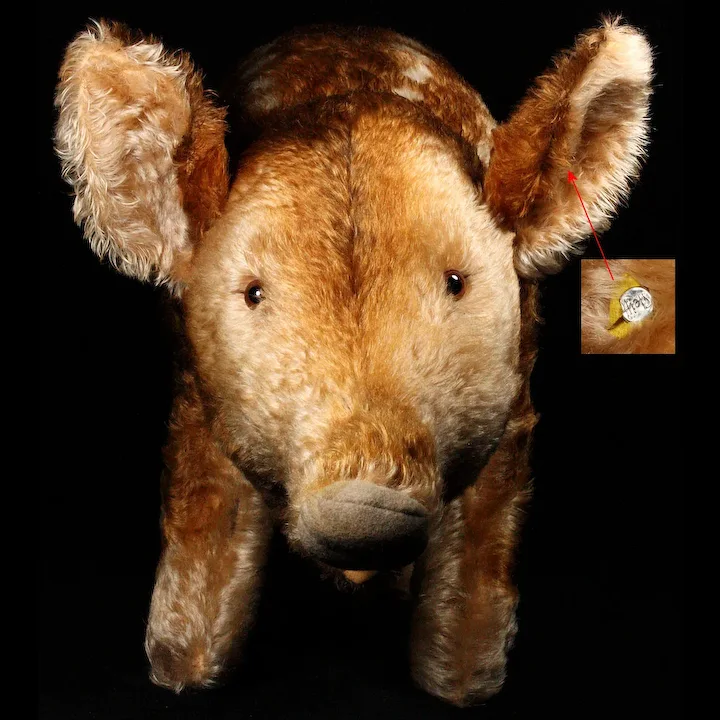

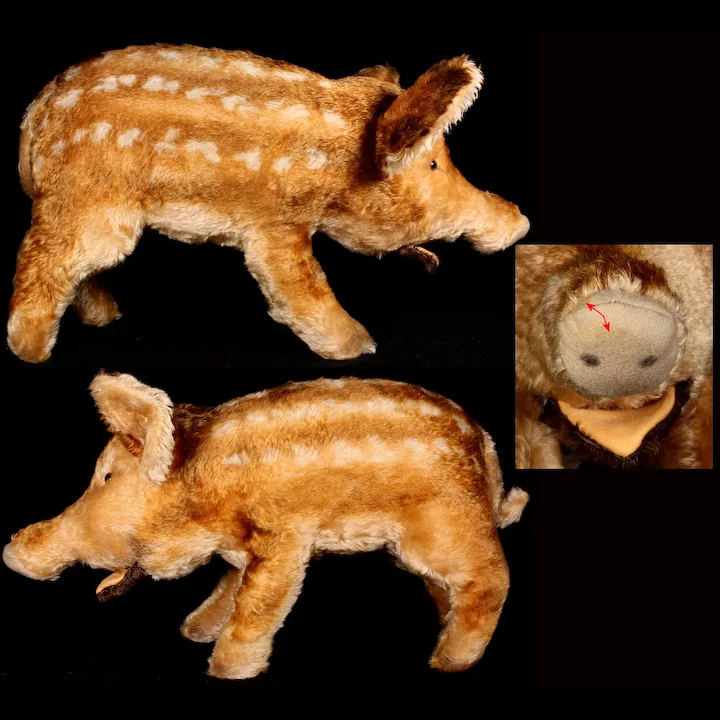
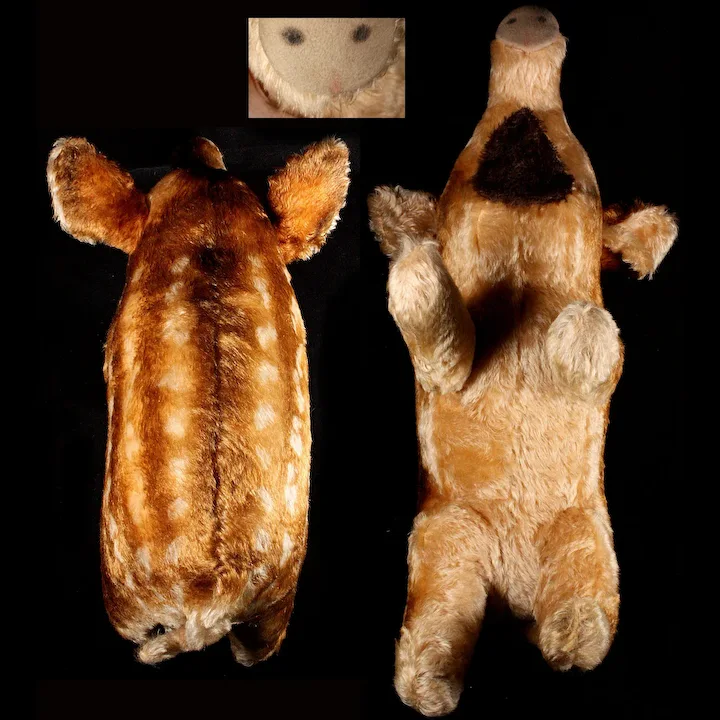
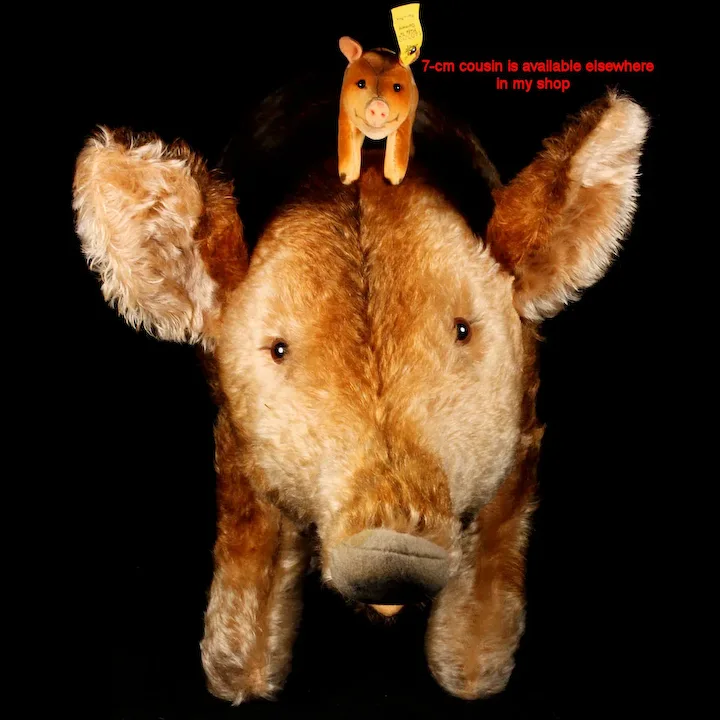


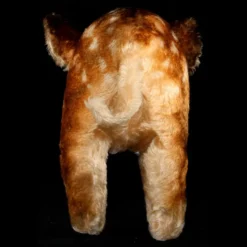
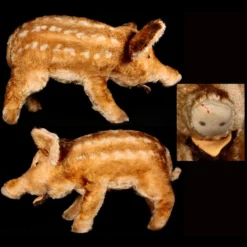
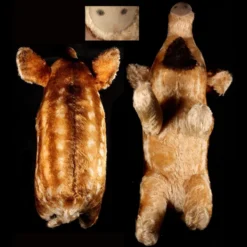
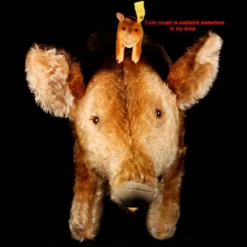

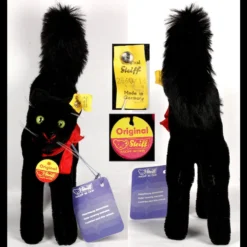
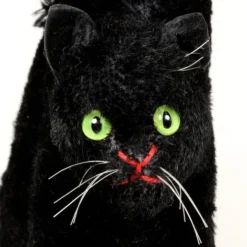
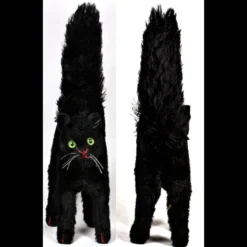

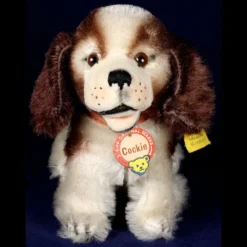
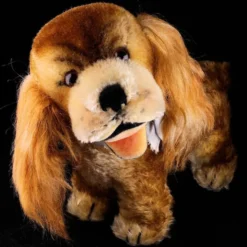

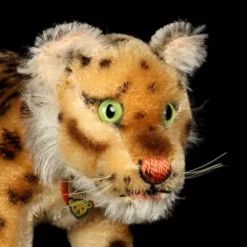

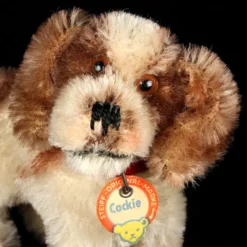
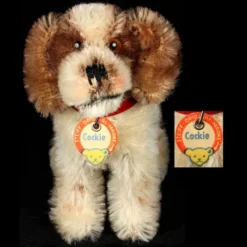

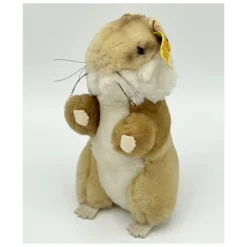
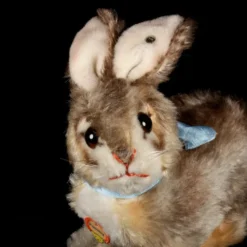

Reviews
There are no reviews yet.